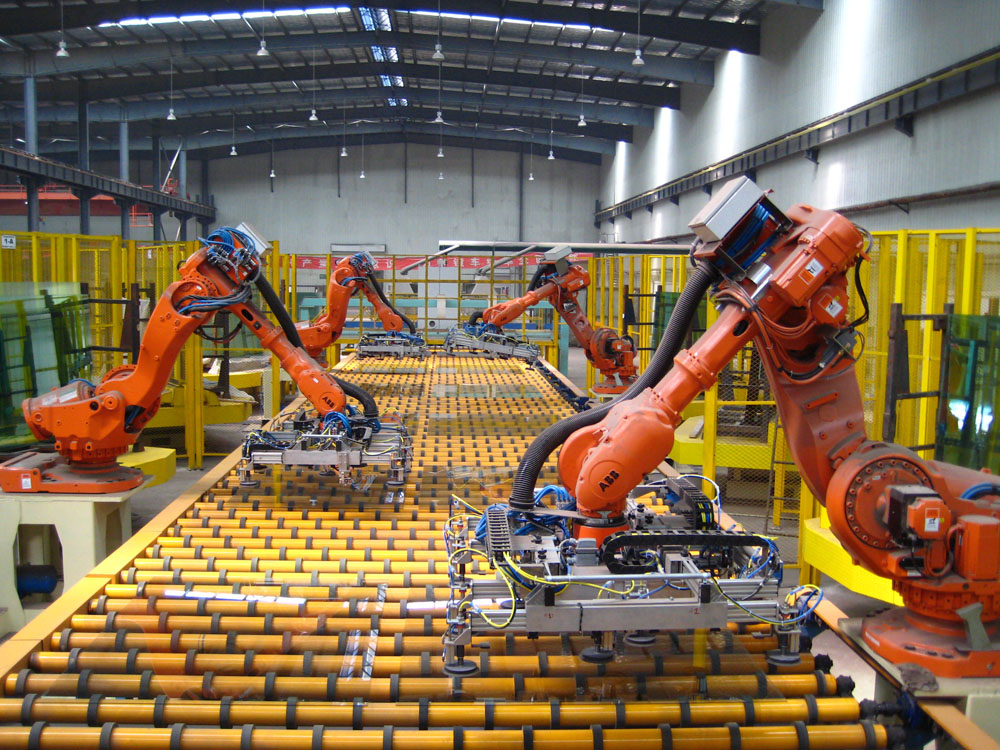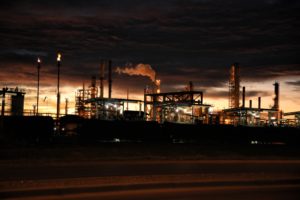Since the Industrial Revolution, companies have been seeking to optimize the manufacturing process. Henry Ford’s assembly line, a system where workers specialize in a single task, is a notable innovation stemming from the demand for greater productivity. It effectively reduced the manufacturing price and increased the quantity supplied. As a result, more families could afford the Model-T automobile and the workers’ waged increased. Machine Learning (ML) is the modern-day assembly line; it optimizes the manufacturing process by addressing today’s manufacturing challenges.
Today’s manufacturing challenges include:
1 ) maintaining a sustainable workflow,
2 ) adopting complex machinery, and
3 ) navigating complex supply chains.
Machine Learning addresses each of these difficulties.
Maintaining a Sustainable Workflow
One of the major challenges in today’s manufacturing world is increasing productivity while decreasing waste. Investors typically demand a triple bottom line report that includes the social, environmental and financial progress of the company. According to a report, Machine Learning applied to manufacturing can increase production up to 20% while “lowering material consumption rates by 4%.” Because more is being produced and less materials are being wasted, the company can increase both their profit margin and be environmentally-friendly.
Adopting Complex Machinery
While innovative new machinery such as assembly-line robots increase productivity and cuts labor costs, they can also be difficult to operate. When a machine malfunctions or a product is deformed, it can cost time and money to have a specialist diagnose and repair the machine. Machine Learning can identify both errors and inefficiencies in the manufacturing process. The goal is for the machines to identify and learn from their inefficiencies in order to improve the overall process.
Navigating A Complex Supply Chain
In the era of globalization and mass production, product traceability is of the upmost concern to the business and its customers. In order to optimize production, businesses need to know when a product will arrive and what quantity will arrive. They also need to be quickly informed of disruptions to the supply chain. With Blockchain technology and Machine Learning, supply chain data can be collected and then transmitted directly factory. The machines receiving this information can then begin to act in an intelligent manner, optimizing current manufacturing to prepare for the future. Thus, we will begin to see the start of an artificially intelligent manufacturing process.
NeuroChain, let’s build a better world!
Photo credits:WikiCommons Follow us on Telegram, Facebook, Twitter and YouTube. If you have any questions, feel free to get in touch with NeuroChain Team, and we will answer you as soon as possible!

